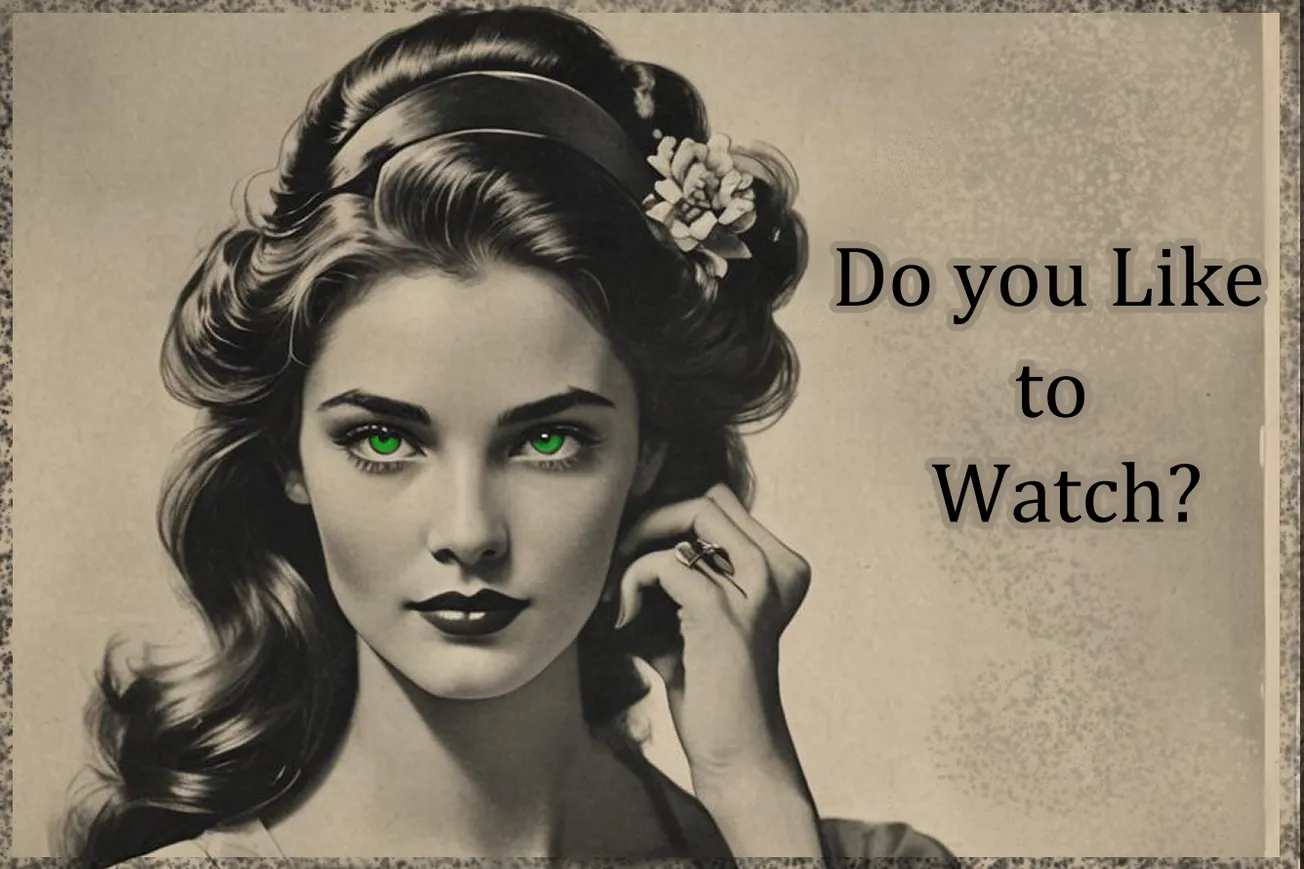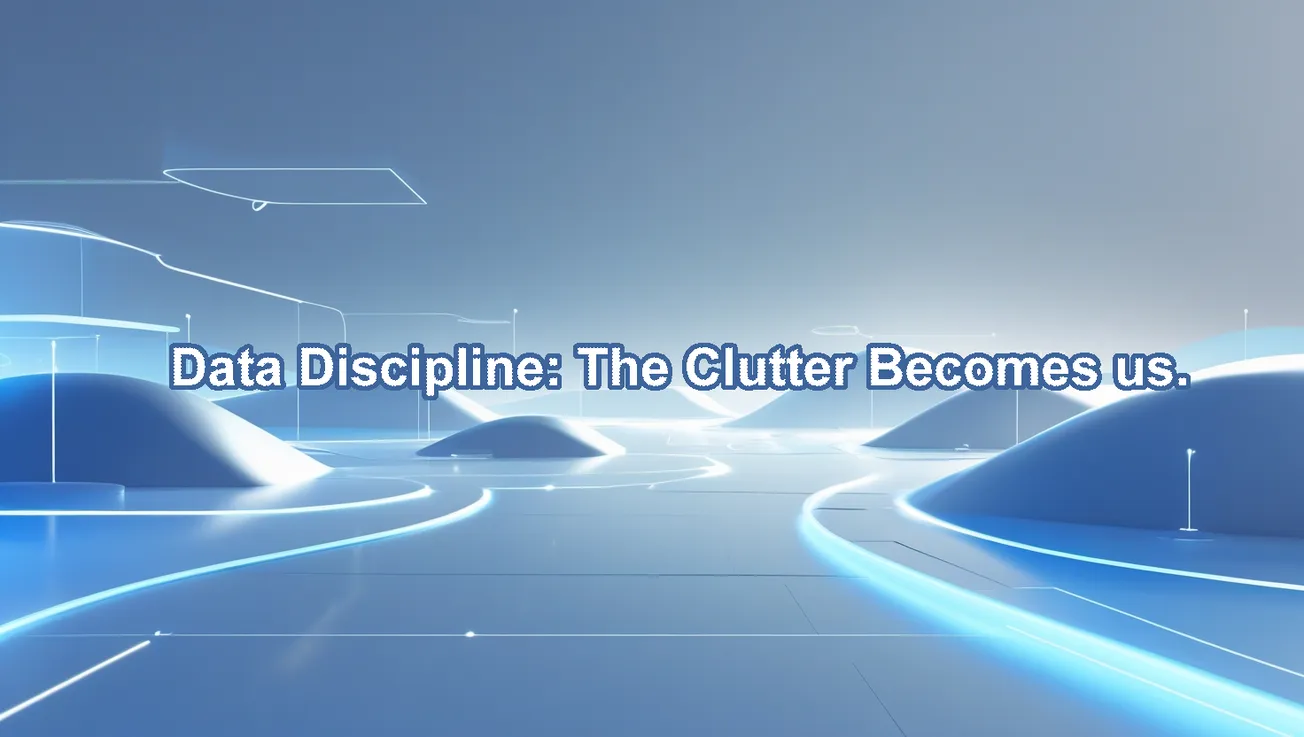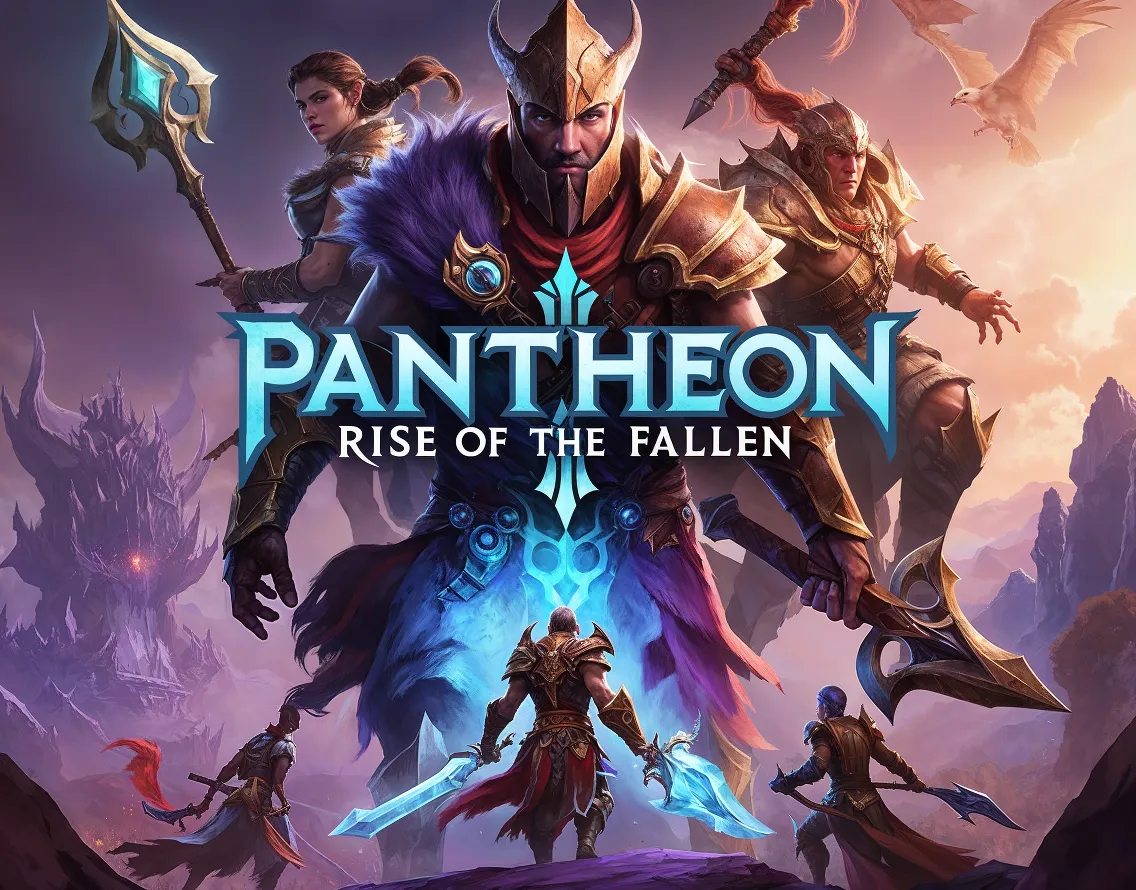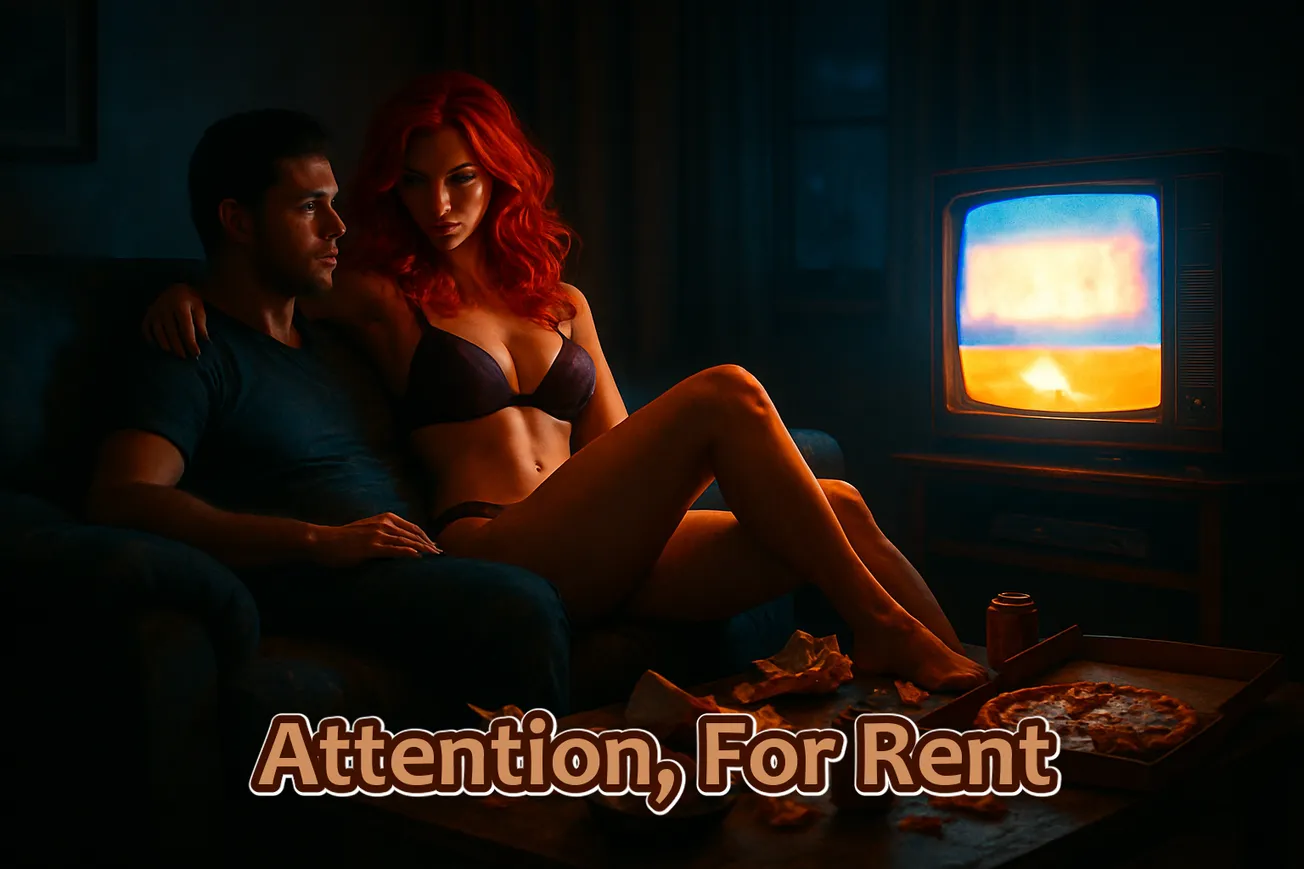As a Member of the Gen X community, I can remember the days of watching free TV through TV antennas, also known as rabbit ears. During those days, we had no choice but to watch our favorite TV shows at a specific time slot. When It came time for a commercial break, it was time to run to the bathroom, or make a quick snack. Listening to the TV commercial in the background was a reminder of the short time you had left.
It wasn’t until later in the early 90s when I was old enough to get cable TV. Ironically, even though I was paying for it now, I still had advertisements inserted in the TV shows. This was pre-Internet as we know it today, and those “breaks” were useful.
Until early 2000s, this was the standard model of consumer to entertainment provider relationship. I, and probably the average consumer as well, may have been unaware of their own value. A value that clearly existed or the Advertisers would not have paid for our eyes to be on their product.
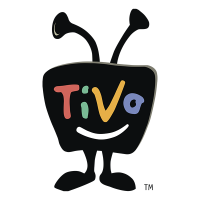
Inventions like Tivo, gave consumers options to view later and skip ads. Combined with the advancements of the Internet. Led to more people giving a greater part of their day consuming content. No longer was it a scheduled block of time to watch Babylon 5 and her hotness, who is Claudia Christian. I could now Tivo it and enjoy it with a cold drink after work.

As TV was dealing with TiVo interfering with ad revenue, the Internet was ramping up with Internet banners, pop ups, page hijackers, and worse, Malware. Consumers like myself got sick of it, leading to a war against intrusive advertisement. The installment of pop up blockers, and eventually to ad blockers in a variety of forms, disrupted ad revenue.
Here's the thing. It’s understandable that creators and content providers, such as YouTube, need compensation for services rendered. It’s certainly not free to host videos, nor is it free to make such videos. But where is the line?
When we think about the time it takes for someone to make a video, or craft a piece of art. It’s expected for the creators to include the cost of their time in the final product. When we get up and go to our nine to five daily job, we’re paid by the hour, usually.
Salaried positions are more nuanced, but still you’re not supposed to be worked to the point you’re making less than minimum wage per hour. Though companies stretch the limits.
There’s a saying that we’ve probably all heard in one form or another, “in my free time”. A phrase that shows a block of time that were not being paid, and thus free to do as we wish. A saying that universally means, “my time is money.”
It feels like a strange twist when giving up our time becomes the payment for consuming content.
So when the brave browser came out with an ad blocker, with the option to get paid to watch their ads, if and only if we wanted to, it got me to thinking. Why aren’t we paid to watch ads? It’s my time. You “the advertiser” have to be aware many people hate watching intrusive advertisements, as much as we hate our day jobs.
Here's the thing, it’s really those intrusive ads that are hated. Sure, we may not enjoy watching any ad, but a little banner on a webpage or limited ad breaks don’t break our immersion as much. So it’s tolerable, and historically true, that the price of admission to free content is the consumption of advertisements.
So why aren’t we paid to watch ads? Well, our time is money, as I mentioned. Here, it’s the value of our time that we used to complete the transaction in order to consume content. With brave, we’re paid specifically to watch an ad, and not receiving any content. A transaction with no middleman, such as a content creator. A system I would certainly sign up for if it was on a larger scale. I would even provide feedback if they desired it.
So what is the value of our time? Let’s look at a few things.
- The minimum wage in the United States is $7.25 per hour.
- The average length of a commercial is 30 seconds
- The average commercial time within an hour long video is 90 seconds.
With there being 3600 seconds in an hour, and at the minimum rate of hourly compensation, the typical consumer in the US is spending on average 45 cent’s worth of their time to watch 3 ads in an hour long video. Compare that to the cost of a movie ticket and it’s really not that bad of a deal.
Unfortunately, there’s an emerging trend to charge for the content, and still show ads. As a consumer, I’m more than happy to make sure the content creator gets paid for their effort, whether I watch ads, subscribe, or even contribute to the tip jar. I’m also more than happy to use an ad blocker when creators or content platforms get greedy.
Additionally, when content becomes infested with ads, browser hijackers, and other such things as Malware. I can’t help but advocate for ad blockers.
There’s a difference between paying dues to enjoy content and getting screwed over.

